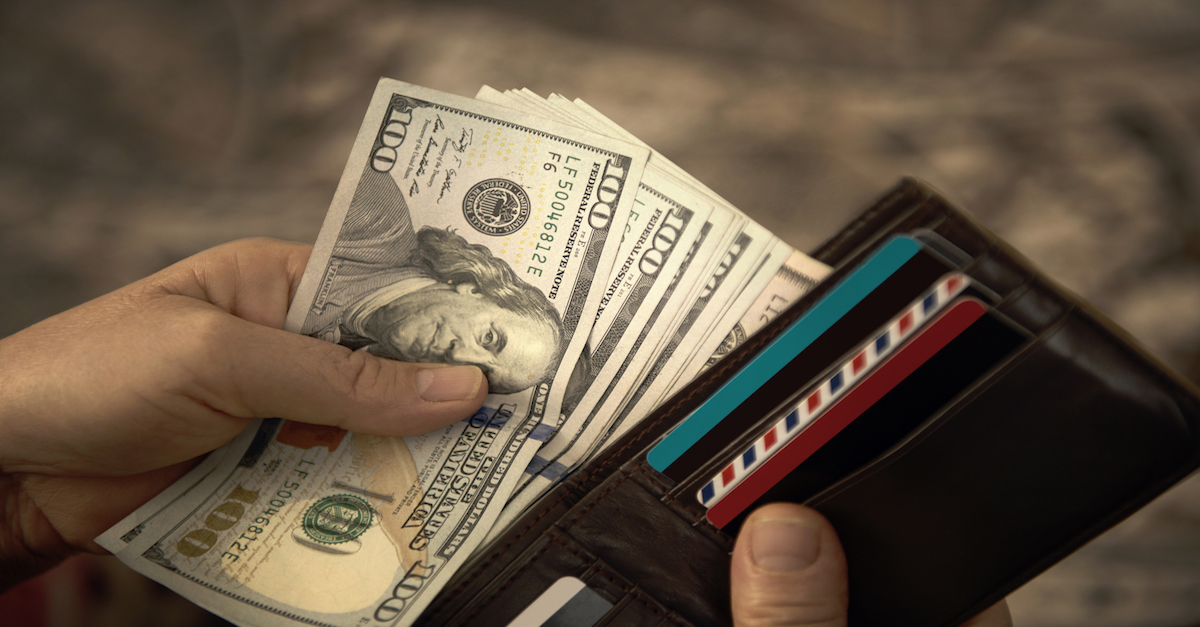
How to Get Extra Cash in Your Pocket
No matter what you’re saving for, having some extra breathing room in your budget is important. Whether you’re putting money away for a down payment or a new car—or looking to build an emergency fund that can get you out of a financial jam—we could all use a little extra cash in our pocket.
While saving a chunk of change can seem daunting if you’re just getting started, setting money aside can make life easier. Here are some simple ways to get some extra money for whatever your savings goal is:
Get a side job. Working 10 hours a week at a nearby coffee shop, department store or delivery service can earn you a few hundred dollars a month to get your emergency fund going. Or, it can help pay a child’s expenses at college—or make retiring in a few years easier. Walk dogs, drive for a ridesharing company or search for other jobs where you can set your own hours.
Host a garage sale. There are probably too many things around your home that you don’t use that someone else would gladly pay you for. Have a garage sale and get rid of that extra lamp that’s collecting dust in a back bedroom, or sell your old books, clothes, jewelry and furniture.
Jump on the short-term rentals train. Airbnb and other short-term rental sites can help you rent out a room in your home to earn some extra money. If you’ve never done it before, try it for a weekend when you’ll be around so that you can get your feet wet without being out of pocket. If it’s successful, you might consider renting out a spare room for a few nights a week or renting out your entire home when you’re away on vacation.
Cut expenses. Shopping for insurance, cable TV, internet service and other things can save you a fair amount of money each month. The problem is, you won’t see that savings in your checking account unless you take the money saved and directly deposit it into a savings account. For example, if a new auto insurer saves you $100 per month, set up an automatic transfer for $100 each month from your checking account to a savings account.
Refinance loans. This can take a little time and some research, but you may be able to find better interest rates on your credit cards and personal loans. Shop at banks and make sure the lower rates aren’t negated by possible transfer fees. Then, just like with cutting expenses, figure out the amount saved each month and transfer it to a savings account.
This article is intended for informational purposes only and should not be construed as professional or legal advice.
